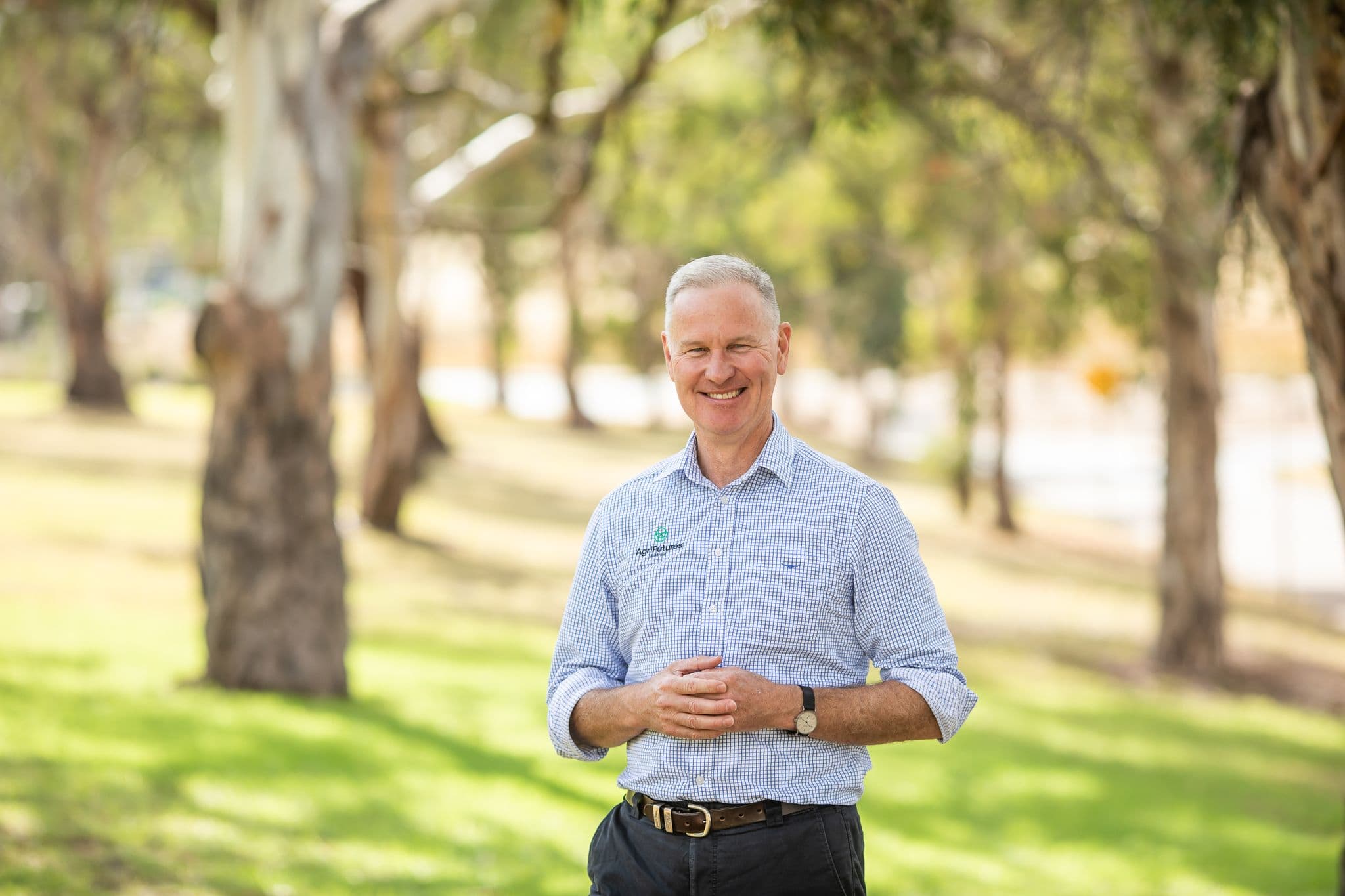When I walk onto a rice farm and see the new irrigation system in action or how the new varieties are performing up close – it’s a type of understanding and a real connection that just can’t be explained or simulated online, no matter how many Zoom meetings and webinars you attend working from home.
But it’s not just us that are keen to get back to in-person meetings, in-paddock demonstrations, site visits, field trips, shed talks and even conferences. Thanks to research we conducted last year, we know that our levy payers and our other stakeholders, prefer face-to-face interactions and find it the most useful way to get the information they need.
Take the AgriFutures Producer Technology Update Program (PTUP) as an example of where up-front listening has ensured we are truly connected to the challenges and opportunities our industries are facing. Now up to round 3, the program allows producer groups to identify for themselves an opportunity for operational improvements in their businesses and then use technology – and grants of up to $20,000 – to address this and overcome barriers to adoption of agtech.











